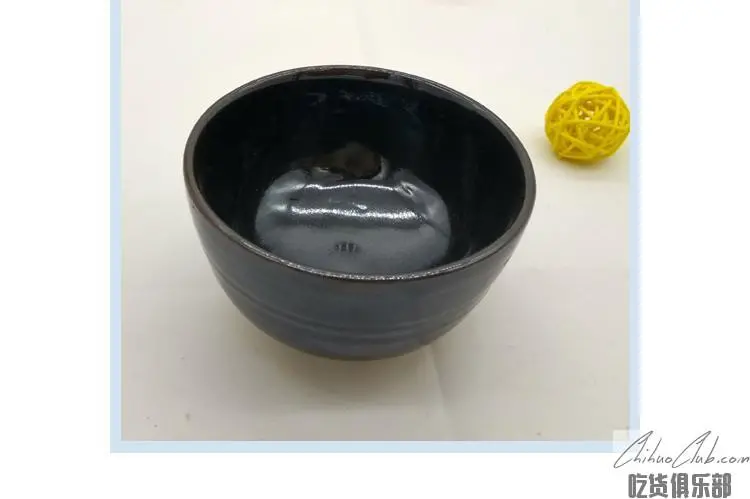
Taro black porcelain
-
Update date::
-
Date of protection::
-
Protected range:The production area of Shantou Black Porcelain is the administrative area under the jurisdiction of Shantou Village, Shantou Town, Chengcheng County, Shaanxi Province.
-
Related origin:
-
Category:
There is a rare ruin of the folk kiln group in Shantou Town, Chengcheng County, Shaanxi Province, covering an area of 4 square kilometers. The history of porcelain making is over a thousand years. During the Qing Dynasty and the Republic of China, the Shantou porcelain industry reached its peak. The folk ceramic utensils such as bowls, pots, pots and pots that were burned by the "Shantou Kiln" were simple and durable, and the marketing was more and more famous. Up to now, there are still more than 30 ancient kiln and 75 ancient dwellings in the site of Shantou Kiln. This place is rich in coal resources, and there are bauxite mines distributed in the stone cliffs of the gully. The raw materials of white and purple are mixed to facilitate the firing of ceramics and sanders. The local farmers used the slack farming, the summer and autumn billet painting, and the winter kiln sales, which were passed down from generation to generation.
The ancient town of Shantou is located in the southwest of Chengcheng County. It is adjacent to the two counties of Baishui and Pucheng. Many old houses in the old town have been abandoned. Now it is renamed Shantou Village. The locals call it “Old Street”. Shantou Ceramics is famous for its pristine style, ancient style, distinctive folk culture and rich muddy atmosphere. The shape of the vessel is simple and stable, the color is soft and elegant, and the layout of the ornament is simple and unconstrained. In 2006, Shantou Kiln firing technology was included in the National Intangible Cultural Heritage Protection List; in 2013, the Shantou Kiln Site was identified as the seventh batch of national key cultural relics protection units.
Technical requirements for the quality of Shantou black porcelain 1. Raw materials 1. Billet: 100% of the raw materials are clay minerals in the production area. 2. Glaze: The original ecological loess in the area of origin, the Fe2O3 content is required to be between 3.5% and 4.8%, and the total content of K2O, Na2O, CaO and MgO is ≥13.5%, which is used after leeches. Second, processing technology 1. Process: raw material processing → forming → glazing → decoration → firing. 2. 2 glaze: ball milling method, the fineness requires 220 mesh sieve. (2) Molding: 1 Hand-made blank forming: Hand-made mud, the moisture content of the mud is between 23% and 30%. 2 grouting molding manual decoration: mud water content is controlled between 30% and 35%, specific gravity (density) is 1.5 to 1.65. (3) Glazing: 1 Immersion glaze method: The ceramic blank after drying is manually immersed in the glaze slurry to adhere a layer of glaze slurry, and the glaze concentration is controlled to 1.5 to 1.7. 2 glaze method: The glaze slurry is evenly poured onto the blank body with a special pot or tweezers, and the concentration is required to be 1.65 to 1.75. (4) Decoration: use engraving, drawing, ticking, stacking, etc. (5) Firing: firing temperature is 1250 ° C to 1280 ° C. Third, the quality characteristics 1. Sensory features: glazed black hair, glaze and glaze. 2. ≥80 heat exchange once without cracking (2) chemical index (%): name SiO2Al2O3Fe2O3TiO2CaOMgOK2ONa2O black porcelain tire 58-6313-263-4.50.5-1.10.2-5.60.9-2.51.9-2.20.1-1.6 black enamel 52-6113-234-5.40.6-10.7-9.50.8-2.82.5-3.00.1-0.63. Safety and other quality technical requirements: Product safety and other quality technical requirements must comply with relevant national regulations.
Apply to:
Producers within the scope of the Shantou black porcelain production area may apply to the Quality and Technical Supervision Bureau of Chengcheng County, Shaanxi Province for the use of the “Special Mark for Geographical Indication Products”, which shall be reviewed by the Shaanxi Provincial Bureau of Quality and Technical Supervision and submitted to the General Administration of Quality Supervision, Inspection and Quarantine for approval. announcement.